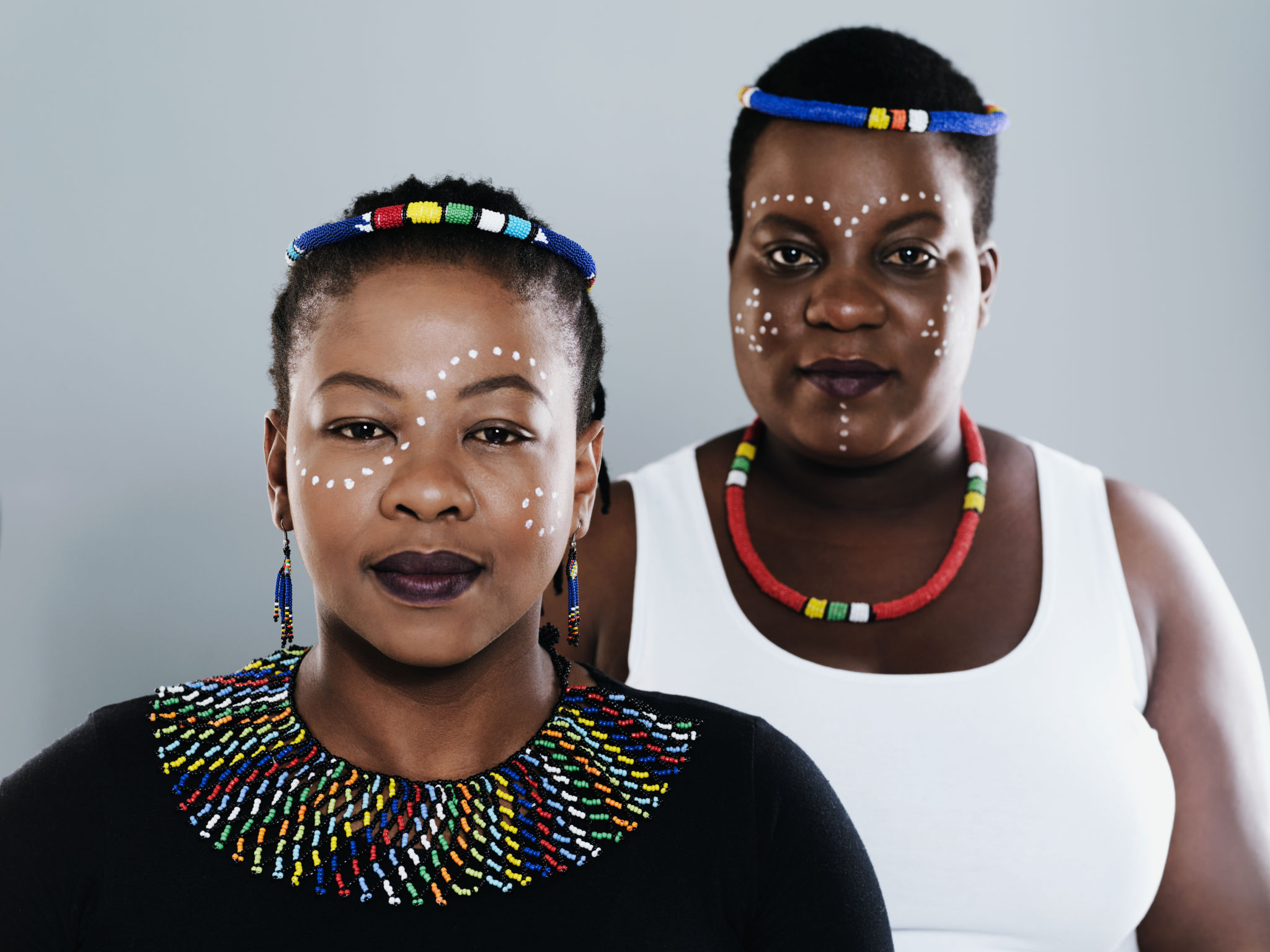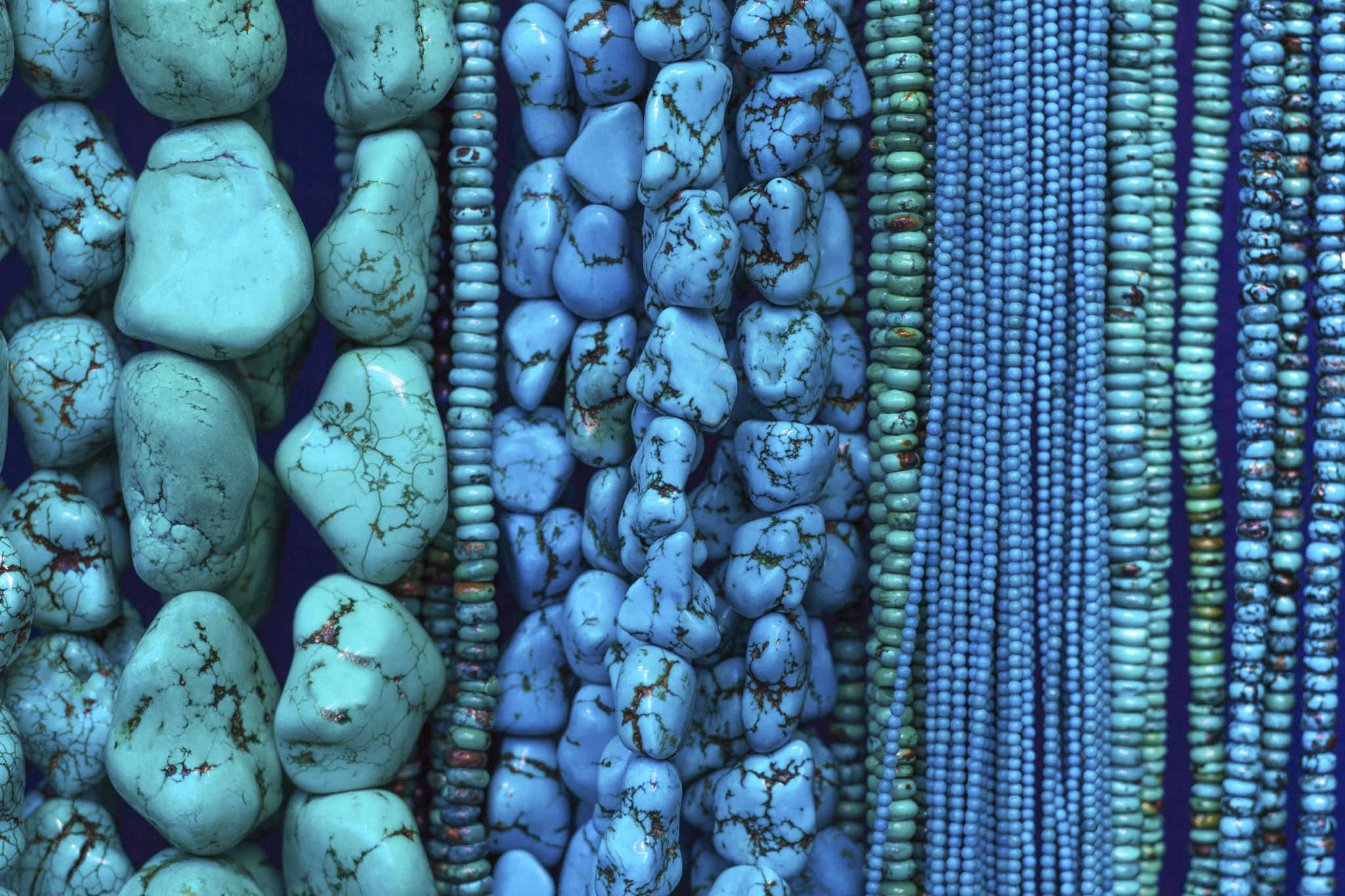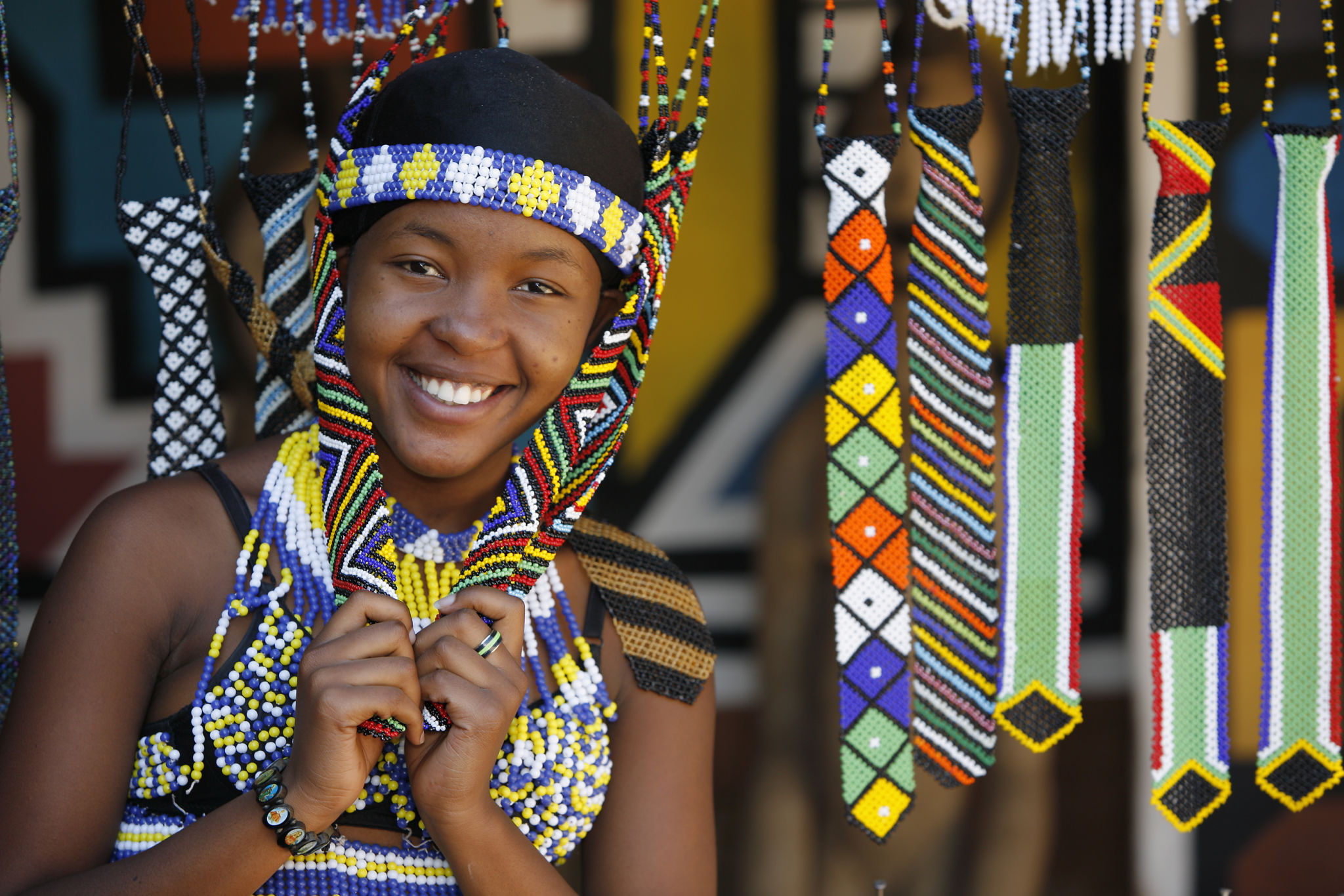The History and Significance of Traditional South African Jewellery
The Origins of South African Jewellery
The history of traditional South African jewellery is as rich and varied as the cultures that create it. Each piece tells a story, representing the heritage and values of the people. From the intricate beadwork of the Zulu to the vibrant ornaments of the Ndebele, South African jewellery is a testament to the artistry and craftsmanship passed down through generations.
Jewellery has been a part of South African culture for centuries, with evidence of its use dating back to prehistoric times. Archaeological finds have uncovered beads made from ostrich eggshells, bones, and stones, indicating that adornment has long been an integral part of human expression in the region. These early forms of jewellery were not only decorative but also held cultural and symbolic significance.

Materials and Techniques
Traditional South African jewellery is crafted from a wide array of materials. Indigenous artisans have historically utilized locally sourced materials such as beads, metals, bones, and shells. Beadwork, especially, plays a crucial role in many South African cultures, with each tribe having distinctive styles and color patterns that convey specific meanings.
The techniques used in creating these pieces are often traditional, passed down through generations as part of a cultural legacy. The skills required to craft these intricate designs are highly respected and are often taught within families to preserve the artistry. This commitment to maintaining traditional methods ensures that each piece remains authentic and true to its roots.

Cultural Significance
Jewellery in South Africa is not merely ornamental; it holds deep cultural significance. It often symbolizes status, identity, and cultural heritage. For example, among the Zulu people, beadwork is used to convey messages about personal and social relationships. The colors and patterns can indicate marital status, age group, or social standing.
In addition to personal adornment, jewellery is also used in various ceremonies and rites of passage. It plays a role in rituals such as weddings and funerals, where specific pieces are worn to symbolize different phases of life or transitions. The respect for these traditions underscores the importance of jewellery in maintaining cultural continuity.

Modern Interpretations
Today, traditional South African jewellery continues to evolve while maintaining its cultural significance. Contemporary designers often blend traditional techniques with modern aesthetics, creating pieces that appeal to both local and international markets. This fusion has resulted in a vibrant jewellery industry that celebrates heritage while embracing innovation.
Many modern artisans draw inspiration from traditional motifs and materials but introduce new elements such as precious metals and stones. This approach not only preserves cultural heritage but also allows for creative expression that resonates with today's fashion trends.

Preservation and Education
The preservation of traditional South African jewellery is crucial for maintaining cultural heritage. Efforts are being made to educate younger generations about these artisanal crafts through workshops and community programs. By fostering a deeper understanding and appreciation for these art forms, communities can ensure their survival for future generations.
Organizations and cultural groups play an essential role in promoting the significance of traditional jewellery by hosting exhibitions and events that showcase its beauty and importance. These initiatives help raise awareness and encourage support for artisans who keep these traditions alive.

